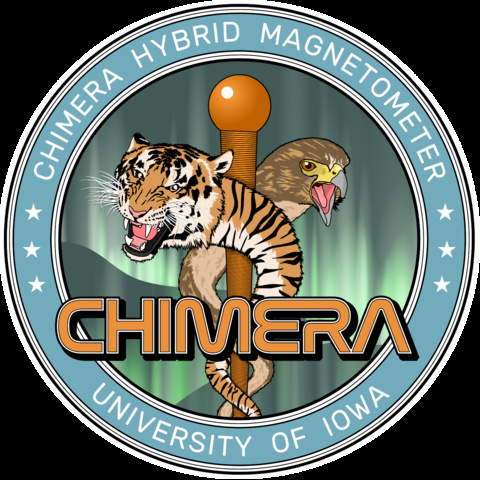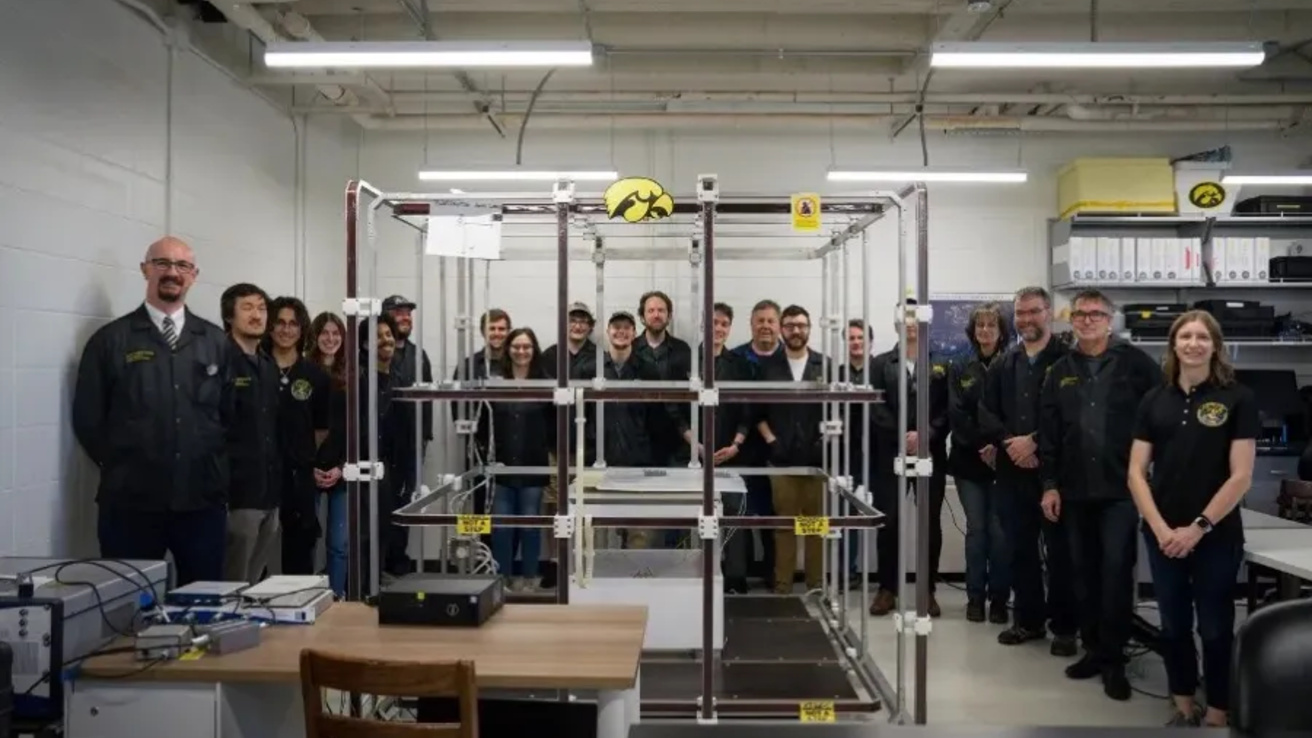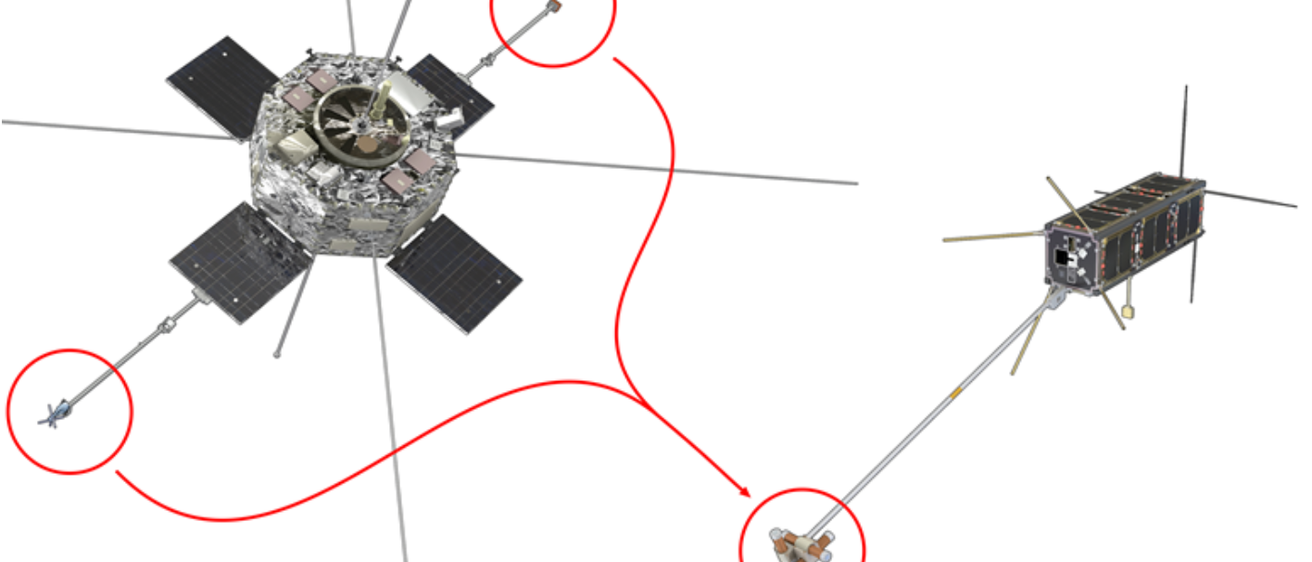
The CHIMERA hybrid magnetometer for Smallsats combines search coil and fluxgate magnetometers into one package. CHIMERA is a hybrid magnetometer that operates simultaneously as a search coil magnetometer and as a fluxgate magnetometer, offering improved operational flexibility compared to conventional two-instrument approaches.
Utilizing digital signal processing and demodulation, this instrument shifts key magnetometer functions from analog electronics to field-programmable gate array-based digital processing and was test-flown on the ACES-II suborbital rocket mission.
At the conclusion of the three-year effort, a prototype of a fully integrated hybrid magnetometer with closed-loop magnetic feedback was developed. The new sensor design combines elements of both classic fluxgate and searchcoil sensors to simultaneously use both sensing mechanisms.
Read more in this article from the NASA Heliophysics Technology Program:
CHIMERA: A hybrid search coil and fluxgate magnetometer for small spacecraft missions

NASA funded the three-year project for $1,030,000 for Dr. Miles and George Hospodarsky, associate research scientist, to design, build, and test a compact instrument that can measure a wider spectrum of magnetic fields in space. This magnetometer can operate on a new generation of satellites that are as small as a loaf of bread.
The idea behind CHIMERA was to build a magnetometer that can capture both low- and high-frequency magnetic fields. Currently, spacecraft have two magnetic field instruments on board: a fluxgate to detect low-frequency magnetic fields, and a search coil to pick up higher-frequency magnetic fields. These instruments are carried on poles, called booms, that can extend as much as nearly 40 feet from the spacecraft, to avoid picking up magnetic fields from the craft itself. Hospodarsky and Miles combined the fluxgate and search coil into a single, smaller instrument.

Students and staff working on projects, including CHIMERA for Dr. Miles
